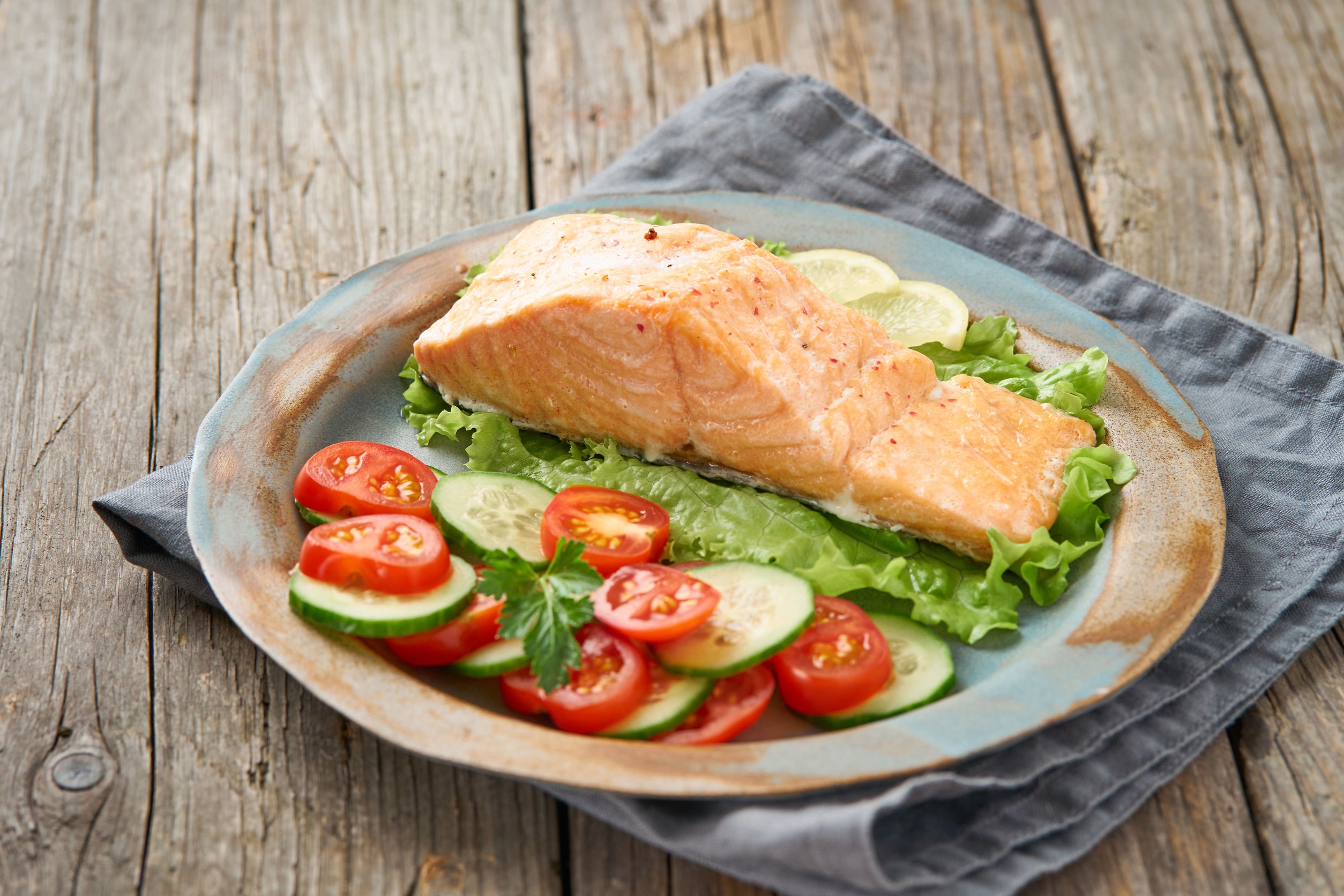Researchers investigating gluten sensitivity were surprised to discover that the majority of individuals experiencing symptoms after consuming wheat were not reacting to gluten. Instead, the culprit in most cases was FODMAP sugars, commonly found in wheat and various other foods.
Remarkably, when these subjects eliminated FODMAP-containing foods from their diet, they experienced significant improvement. Upon reintroducing only gluten without the presence of other FODMAP foods, only 8% of those with “Non-Celiac Gluten Sensitivity” had any reaction to gluten. It wasn’t the gluten causing their symptoms, it was the fodmap containing foods.
The implications of this study are profound. If individuals with gluten sensitivity are primarily reacting to FODMAP carbohydrates, the recommended treatment is not a gluten-free diet but rather a low FODMAP diet. A gluten-free diet and a low fodmap diet are vastly different.
What are FODMAPS?
FODMAP stands for fermentable oligo-, di-, monosaccharides, and polyols These are a group of carbohydrates that commonly cause digestive problems such as diarrhea, constipation, bloating, and gas. FODMAP intolerance is connected with up to 75% of cases of irritable bowel syndrome.
FODMAP carbohydrates exist not only in wheat but also in foods like apples, watermelon, onions, and garlic. These carbohydrates tend to be poorly absorbed, leading to issues such as gas, bloating, diarrhea, depression, joint pain, and fatigue in susceptible individuals.
There are four types of FODMAP sugars:
- Oligosaccharides: Wheat, rye, legumes, and various fruits and vegetables, such as garlic and onions.
- Disaccharides: Milk, yogurt, and soft cheese. Lactose is the main carb.
- Monosaccharides: Sweeteners such as honey and agave nectar. and fructose (fruit sugar)
- Polyols: Certain fruits and vegetables including blackberries and lychee, as well as some low-calorie sweeteners like those in sugar-free gum
Some foods contain just one type of fodmap sugar, while others contain several. Common problematic FODMAP-containing foods include wheat, apples, onions, garlic, honey, legumes, and milk. But, the list of FODMAP containing foods is much more extensive.
Diagnosis of FODMAP Intolerance
There is no laboratory test for FODMAP intolerance. The diagnosis is made after evaluation for other causes of symptoms followed by a FODMAP elimination diet. The diet must be done correctly to assess whether or not FODMAP intolerance is present.
The diet is complicated and I recommended a consult with a registered dietitian to discuss the proper implementation of the diet. If the diet is not done correctly, FODMAP intolerance may be missed as a diagnosis.
Related Article- Click Here : How To Test For Gluten Intolerance/Gluten Sensitivity
Treatment For FODMAP Intolerance
The treatment for FODMAP Intolerance is a low-FODMAP diet. A two- to three-week trial period is recommended. Typically, some improvement will be seen in that period. If the diet has been done correctly and no progress has been made, it is unlikely the person has FODMAP intolerance. If there is an improvement, the low FODMAP diet should be continued for six weeks. A methodical reintroduction diet is recommended after six weeks on a low FODMAP diet.
The diet is not meant to be a long-term solution to digestive problems. Long-term adherence to a low FODMAP diet causes negative changes in the gut microbiome.
Is The Low FODMAP Diet Gluten-Free?

No. The low fodmap diet is not a gluten-free diet.
It is low in gluten, but it is not strictly gluten-free. For example, some people on a low FODMAP diet can tolerate sourdough spelt bread. The fermentation process breaks down the FODMAP sugar in spelt. Spelt bread contains gluten and would not be allowed on a gluten-free diet. This is one example where gluten is allowed on the Low FODMAP diet. There are others beyond the scope of this article.
The Low FODMAP Diet Is Here To Stay
The link between these carbohydrates and symptoms is now well accepted, and the Low FODMAP diet relieves many symptoms. Also, the Low FODMAP diet is now the primary dietary intervention for IBS. Since there is currently no test for FODMAP intolerance, proper diet implementation is imperative to determining the presence or absence of FODMAP intolerance. I again emphasize the importance of consulting a dietitian familiar with the diet. Doing it without guidance is difficult.
Following is a list of valuable resources for anyone interested in learning about a Low FODMAP diet. Low FODMAP product lines and food delivery services are now available.
Recommended resources for a low FODMAP diet:
- Monash University Low Fodmap App for I-phone and Android
- Monash University Website: The leaders in research and information on the low FODMAP diet
- Patsy Catsos, RD– Fantastic website with information on following a low FODMAP diet
- Pinterest site with photos of low FODMAP products
- Kate Scarlata, RD A terrific blog with recipes and information on a low FODMAP diet
- Book: A great consumer-friendly, resource for anyone on a Low FODMAP Diet. Written by Dr. Sue Shepard and Peter Gibson from Monash University
Recent Research On The Low FODMAP Diet
- Review of Low FODMAP diet and long term implications
- FODMAP diet and functional dyspepsia
- Low FODMAP diet in IBS-D Improves Quality Of Life
- Low FODMAP diet for functional abdominal pain in children (study in progress)
- Low FODMAP diet and Inflammatory Bowel Patients with IBS; effect on microbiome






